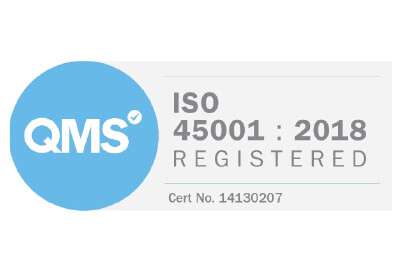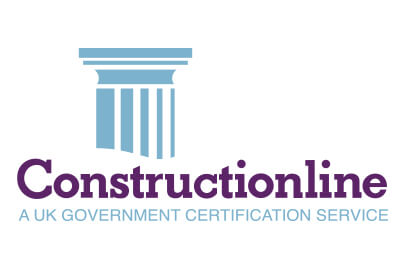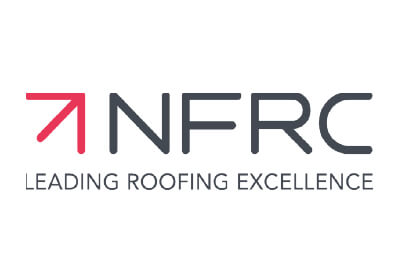For commercial property owners, developers and landlords, maintaining building integrity and ensuring site safety are critical tasks. Traditional inspection methods are often costly, time-consuming, and expose personnel to risk. This is where drone inspection services shine. Leveraging advances in unmanned aerial vehicle (UAV) technology, drone surveys offer a faster, safer, and more precise way to assess buildings and construction sites.
At Balmore Group, we specialise in offering high-quality UAV survey and drone property survey solutions tailored to your project needs. In this article, we’ll explain how drone surveys and aerial drone surveying benefit construction projects and building maintenance, compare costs, and help you decide when to hire professional drone survey companies.

What Are Drone Surveys / UAV Drone Survey?
A drone survey, or UAV survey, uses unmanned aerial vehicles equipped with high-resolution cameras, thermal sensors, LiDAR or other imaging equipment to collect data from above. Types include:
- Drone building survey: assessing structural condition, façades, windows and roofs
- Drone roof inspection / drone roof survey: focused roof damage, leaks, defects
- Aerial drone surveying & mapping: creating topographic maps, 3D models
- Drone property survey: mapping land boundaries, site layout
These services are far different from old-style inspections: drones can reach hard-to-access areas, gather data quickly, and reduce risk.
Key Benefits of Drone Inspection Services
Here are major advantages of using drone surveys in construction and building maintenance.
Safety & Risk Reduction:
- Roofs, chimneys, high facades, or tower cranes can be dangerous for inspectors. Drone roof inspections remove the need for ladders, scaffolding or rope access in many cases.
- UAV surveys reduce risk of falls, injuries or exposure to hazardous materials.
Speed & Efficiency:
- A drone survey is typically much faster than manual inspection. You can survey a roof, building façade or large construction site in hours rather than days.
- Using aerial drone surveying & mapping, data acquisition is rapid; post-processing can generate 3D models or Orth mosaics quickly.
Cost-Effectiveness:
- Though there is an upfront cost, compared to hiring scaffolding, rope access, or shutting down building parts, drone survey cost tends to be more affordable.
- Drone roof inspection cost especially sees savings because you reduce labour, equipment and risk premiums.
Access to Hard-to-Reach Areas:
- Roof peaks, gutters, high façades, or over water are much easier for drones to inspect.
- Enables close-up visuals without damaging roofing material or other delicate features.
Higher Accuracy & Data Quality:
- High-resolution imaging, thermal sensors, and sometimes LiDAR enable detecting water ingress, heat loss, structural defects invisible to naked eye.
- Drone surveying and mapping allows you to build accurate 3D models and point clouds, supporting precise structural assessments and condition reports.
Preventative Maintenance & Regulatory Compliance:
- Early detection of small defects (roof leaks, cracks, wear) means you can plan maintenance before problems escalate.
- Many building regulations or insurance policies require periodic inspections; using drone inspection services helps to keep up with compliance.
Environmental and Sustainability Benefits:
- Less waste, fewer materials (e.g. minimal scaffold, no need for heavy access gear).
- Less disruption to site when you avoid vehicular or human traffic to hard-to-reach areas.
Use Cases: Construction Projects & Maintenance
Construction Phase
- Progress monitoring: Using aerial drone surveying to compare actual vs planned progress.
- Site mapping: UAV survey companies can provide site topography or volume measurements.
- Safety audits: checking structural components, formwork, scaffolding, before concrete pour or finishing work.
Post-Construction & Maintenance Phase
- Roof inspections for property owners who want local, responsive service, drone roof inspections provide fast turn around.
- Building façade surveys and inspection of exterior elements.
- Periodic maintenance to spot deterioration, water ingress, heat loss or insulation failure.

Cost Comparison & What Influences Price
One of the first questions people ask is how much does a drone survey cost? Or more specifically, drone roof inspection cost. Costs vary depending on multiple factors:
- Size of property / roof area: Larger surfaces take more flight time, more data, more post-processing.
- Complexity / accessibility: Buildings with many obstructions, steep or complex roof shapes add difficulty.
- Sensor types used: Thermal, LiDAR, multispectral sensors cost more than standard RGB cameras.
- Level of deliverables: Basic photos vs detailed condition reports vs 3D models or mapping.
- Location & regulatory permissions: Flying in urban areas, Scotland (with its specific aviation regulations), or getting flight permissions may add cost.
Why Choose Balmore Group for Drone Surveys / Drone Inspection Services
To turn from awareness to action, here’s what sets Balmore Group apart:
- Specialist experience in drone survey Scotland and across the UK with full compliance to CAA / regulation of UAV operations.
- Use of best drone for roof inspections, thermal imaging, and cutting-edge mapping technology.
- Transparent pricing and clear reporting: we deliver condition reports, annotated photos, and actionable maintenance / repair recommendations.
- Local presence: when you search “drone roof inspections near me”, we respond quickly and reliably.
- Fully insured, safety-oriented processes: minimising risk to your building, occupants, and inspectors.
How to Decide: When Do You Need Drone Inspection Services?
If you are in one of these situations, drone surveying may be a wise investment:
- You own or manage multiple commercial properties and want to standardise your maintenance schedule.
- You’re about to commence a construction project and need site mapping, progress reports or safety inspections.
- Your building has known roof issues (leaks, ponding, damage) but manual inspections have been costly/dangerous.
- You want to reduce long-term maintenance cost by catching problems early.
- You need compliance with insurance or regulatory inspections but want minimal disruption to tenants.
How Balmore’s Process Works (What to Expect)
To encourage conversion, let prospects understand what steps they’ll go through:
- Initial enquiry / site assessment: we discuss property type, scope (roof, full building, mapping etc.), and what you want to achieve.
- Quotation using size/location/sensor-type etc: we provide a transparent cost estimate (drone survey cost, roof inspection cost.).
- Survey execution: licensed drone pilots deploy UAV, collect imagery, thermal data, mapping data as required.
- Data processing & analysis: generate high-resolution images, Orth mosaic maps, 3D models, condition reports.
- Delivery & follow-up: you receive the report, including recommendations, and we can advise on repair/maintenance options.
Conclusion
In summary, drone inspection services offer commercial property owners, landlords and developers powerful tools to enhance safety, reduce cost, speed up maintenance, and improve data accuracy. Whether you need a drone roof inspection, a full drone building survey, or precision aerial drone surveying and mapping, Balmore Group delivers.
Contact Balmore Group today to schedule a professional, fully compliant drone survey and safeguard your property’s future. Get in touch for a free quote on your next UAV survey.

Common Questions & Concerns
- Is it legal & are there regulations?
Yes. Drone surveys must comply with Civil Aviation Authority (CAA) rules, local planning/airspace permissions, privacy laws. At Balmore, we ensure all regulatory requirements are met. - How accurate are drone roof surveys / building surveys?
Very accurate when using high-resolution cameras, thermal sensors and/or LiDAR. They can detect cracks, leaks, structural faults not visible from ground level. - What is the difference between a manual inspection & a drone survey?
Manual inspections often require physical access (scaffolding, lifts), take longer, are riskier, and may miss issues hidden or difficult to reach. Drone surveys reduce those limitations, provide better context and allow repeatable, comparable records.



















